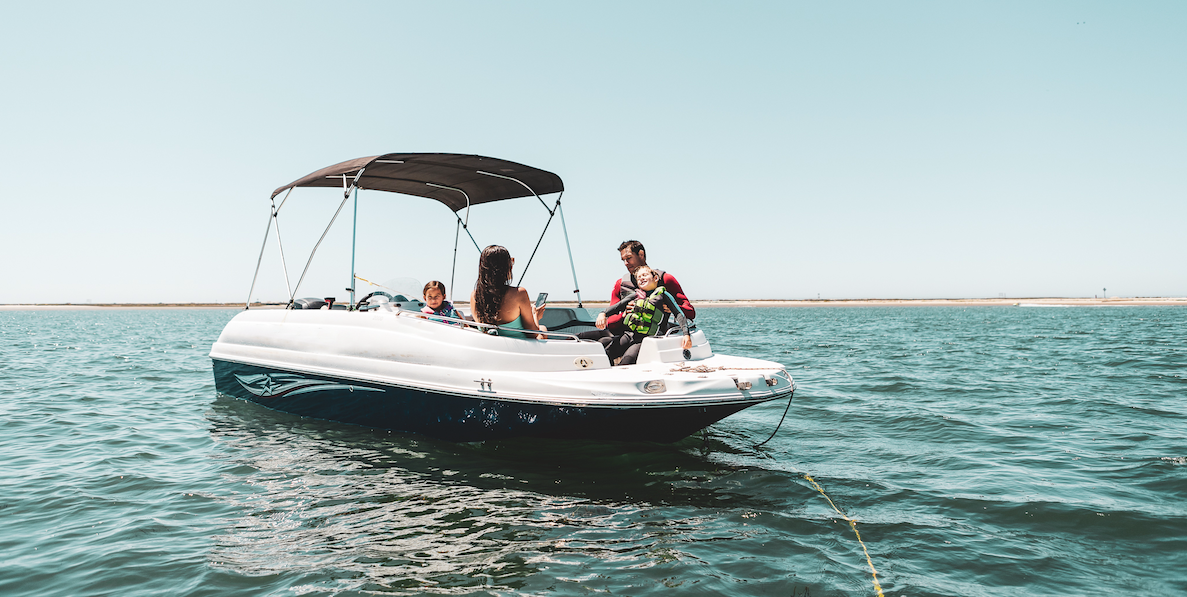The following letter was sent Feb. 24 and jointly signed by The American Sportfishing Association, B.A.S.S, Izaak Walton League of America, The Nature Conservancy and the Theodore Roosevelt Conservation Partnership.
Dear Chairman Shuster and Ranking Member DeFazio:
As organizations representing a broad range of conservation, sportsmen and women, recreation, and outdoor industry interests, we are writing to ask you to ensure the next Water Resources Development Act (WRDA) promotes the protection and restoration of fish and wildlife habitats across the country as part of a comprehensive approach to water resources management. Every year, hunting and fishing contribute $200 billion in total economic activity to our nation‟s economy, and water resource projects and associated programs are critical to maintaining and improving these economic contributions as well as our sporting traditions.
U.S. Army Corps of Engineers (the Corps) water resource projects are designed to meet many needs, including water supply, flood control, navigation, and hydropower as well as recreation and wildlife purposes. Ensuring these projects are designed, built and operated to sustain and improve the environment is critical to the health of our rivers and other waterways.
There are three areas where the next WRDA can make important improvements to the existing programs and do so in ways that are more cost-effective, facilitate project delivery, empower state and local governments, and help meet the many needs associated with our waters and waterways. Specifically, we request that the next WRDA:
1. Use nonstructural, natural, and nature-based solutions wherever practicable and cost-effective. Natural infrastructure, such as wetlands, natural floodplains, dunes, and reefs, often provides a cost-effective means of meeting our water resource needs in conjunction with or in place of more traditional „hard‟ infrastructure. By ensuring such approaches are equally considered during project design and implementation we can help reduce risks from flood and storm events, improve water quality, and enhance habitat and
recreational opportunities while saving taxpayer dollars.
For example, the Corps should utilize levee re-alignment to reduce artificial “pinch points” in watersheds that cause longer and higher flood stages and increase damages downstream. This will reduce the costs to taxpayers by promoting solutions for structures that have been subject to repeated flood damage. Also, the Corps should prioritize or address habitat connectivity whenever possible. Maintaining and restoring habitat connections offers tremendous benefits for fish and wildlife, but it can significantly reduce flood risks, too.
Directing the Corps to consider nature-based solutions, levee re-alignments, habitat connectivity, and other non-structural approaches can simultaneously improve flood control, storm resilience, and fish and wildlife habitat, providing a more sustainable water resources infrastructure.
-
Modernize operations of water control structures. Most of the Corps‟ existing dams, locks, and other infrastructure were built decades ago and are operated according to water control manuals and navigation plans that, in many cases, have not been updated in years, do not take advantage of the most sophisticated weather forecasting technologies, and rely on rule curves for reservoir operations tied to specific calendar dates rather than hydrologic conditions. The Corps must seek opportunities to update and optimize the operations of existing infrastructure, but it lacks clear direction from Congress. As a result, Corps facilities miss opportunities to boost water supply, manage flood and storm risks, increase hydropower, expand recreational opportunities, and enhance environmental benefits. The next WRDA should direct the Corps to modernize operations at its facilities while continuing to meet their authorized purposes.
-
Improve civil works mitigation practices. Mitigation should be designed to facilitate efficient and timely delivery of needed infrastructure projects and assure effective natural resource and habitat outcomes, such as flood risk reduction, water quality improvement, increased recreational opportunities, and improved fish and wildlife habitat and habitat connectivity. Frequently, mitigation is more effective and efficient if it is considered before project construction begins. Encouraging both watershed-scale and advanced mitigation can help speed up project delivery and reduce costs by ensuring environmental requirements are met early and that compensatory mitigation activities have significant lasting benefits for fish and wildlife.
These three improvements will help ensure the Corps has the flexibility and direction to make the smartest possible choices about building, repairing, and operating our infrastructure, and using our limited resources in the most effective way. They can also facilitate broad support for delivery of projects while ensuring a comprehensive approach to water resource management. Improving the health of our water resources is necessary to sustain our national, regional and local economies and, particularly, to provide ongoing opportunities for hunting and fishing.
We ask for your support to ensure the next WRDA helps us meet these goals and recreational opportunities while saving taxpayer dollars.
For example, the Corps should utilize levee re-alignment to reduce artificial “pinch points” in watersheds that cause longer and higher flood stages and increase damages downstream. This will reduce the costs to taxpayers by promoting solutions for structures that have been subject to repeated flood damage. Also, the Corps should prioritize or address habitat connectivity whenever possible. Maintaining and restoring habitat connections offers tremendous benefits for fish and wildlife, but it can significantly reduce flood risks, too.
Directing the Corps to consider nature-based solutions, levee re-alignments, habitat connectivity, and other non-structural approaches can simultaneously improve flood control, storm resilience, and fish and wildlife habitat, providing a more sustainable water resources infrastructure.
-
Modernize operations of water control structures. Most of the Corps‟ existing dams, locks, and other infrastructure were built decades ago and are operated according to water control manuals and navigation plans that, in many cases, have not been updated in years, do not take advantage of the most sophisticated weather forecasting technologies, and rely on rule curves for reservoir operations tied to specific calendar dates rather than hydrologic conditions. The Corps must seek opportunities to update and optimize the operations of existing infrastructure, but it lacks clear direction from Congress. As a result, Corps facilities miss opportunities to boost water supply, manage flood and storm risks, increase hydropower, expand recreational opportunities, and enhance environmental benefits. The next WRDA should direct the Corps to modernize operations at its facilities while continuing to meet their authorized purposes.
-
Improve civil works mitigation practices. Mitigation should be designed to facilitate efficient and timely delivery of needed infrastructure projects and assure effective natural resource and habitat outcomes, such as flood risk reduction, water quality improvement, increased recreational opportunities, and improved fish and wildlife habitat and habitat connectivity. Frequently, mitigation is more effective and efficient if it is considered before project construction begins. Encouraging both watershed-scale and advanced mitigation can help speed up project delivery and reduce costs by ensuring environmental requirements are met early and that compensatory mitigation activities have significant lasting benefits for fish and wildlife.
These three improvements will help ensure the Corps has the flexibility and direction to make the smartest possible choices about building, repairing, and operating our infrastructure, and using our limited resources in the most effective way. They can also facilitate broad support for delivery of projects while ensuring a comprehensive approach to water resource management. Improving the health of our water resources is necessary to sustain our national, regional and local economies and, particularly, to provide ongoing opportunities for hunting and fishing.
We ask for your support to ensure the next WRDA helps us meet these goals and look forward to working with you as you develop this legislation.
Sincerely,
American Sportfishing Association
B.A.S.S.
Izaak Walton League of America
The Nature Conservancy
Theodore Roosevelt Conservation Partnership




